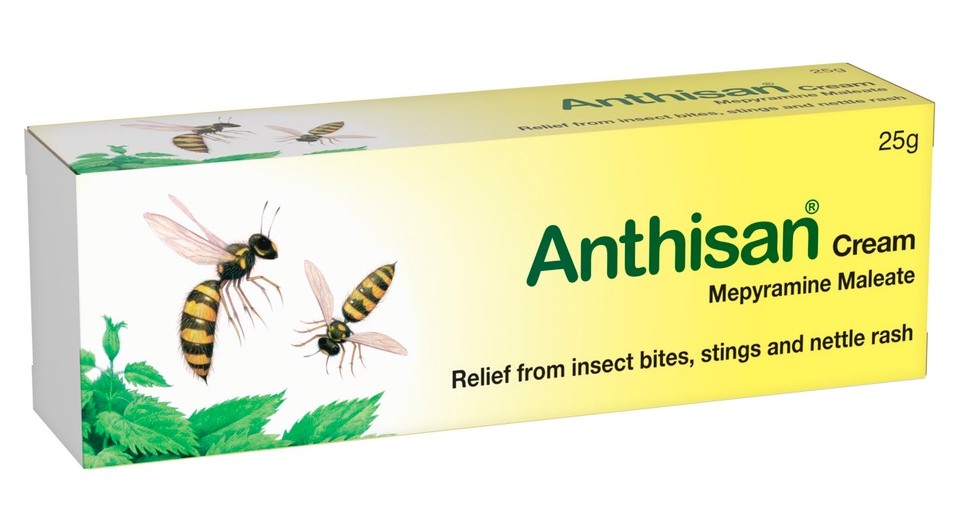It’s been a wet summer and wasps have suffered the consequences. But come the first week of August, wasps will be out in force. Dendron Brands, UK distributers of Anthisan, the no.1 bite and sting cream, consistently see a significant increase in demand on this day every year and they are urging people to make a beeline for the product.
“It’s a curious thing but every year without fail, wasps seem to be most active around the beginning of August and we always see a spike in sales of Anthisan in response to an increase in stings,” says Andy Gill, Head of Consumer Health for Dendron Brands. “Anthisan provides relief from the bites and stings of many insects including bees and mosquitoes and even nettle rash but wasps definitely steal the show around August.”

Ellen Fitzgibbons from Wade Environmental, experts in pest management, throws some light on wasp activity in August. She says, “Towards the end of July, wasp nests start to die off along with the food supplies within the nest. The wasps then start venturing out in search of new sources of sugary food which is usually plentiful at this time because the weather is nice, people are having picnics and supermarkets are selling more barbecue food with sticky sauces. In many ways it’s the perfect storm and consequently we are stung more often. Wasps have a sharp sting that injects a small dose of venom. They can sting multiple times and the area can hurt for 1-2 hours. Keeping a tube of fast-acting topical antihistamine when you’re out and about means you can quickly get a bit of effective relief.”
There are estimated to be over 7,000 species* of wasps in the UK and most keep themselves to themselves. The more social species are vital for a balanced ecosystem, controlling pests like greenfly and caterpillars and even play a role in pollination. Unfortunately, it is these social wasps that come armed with their powerful sting.
Short of emigrating to Antarctica (the only wasp-free place on earth), there are a few things that help minimise the risk of being stung. These include avoiding scented skin and haircare products as well as brightly coloured clothing. Wearing long sleeves and trousers can also help protect bare skin. One of the most important safeguards is to stay calm and still if a wasp comes near to avoid aggravating it.
In the event of being stung, carefully scrape the stinger out of the skin with a blunt object. Pulling it out may release more venom so use something like a fingernail or credit card**. Holding a cold compress to the sting site helps to reduce swelling and inflammation. If stung on the arm or leg, keep it raised to also help reduce swelling. Lastly, apply an antihistamine sting cream like Anthisan Bite & Sting Cream to provide soothing relief.
Dr Marion Sloan, a Sheffield GP says, “You can get stung just about anywhere indoors or outdoors so my advice is to keep a topical treatment product containing an antihistamine to hand because it will soothe and cool and reduce the pain.”
Anthisan Bite & Sting Cream is a tried and tested antihistamine cream that can be used to provide fast pain relief from the itching and inflammation caused by wasp stings. The triple-action antihistamine formula targets pain, itching and inflammation, making Anthisan Bite & Sting Cream the go-to treatment cream for relieving the discomfort of wasp stings.
Be prepared for wasps with Anthisan Bite & Sting Cream and take the sting out of August.
Anthisan Bite & Sting Cream (contains Mepyramine Maleate) is available nationwide at Boots, Tesco, Sainsbury’s, Asda, Superdrug, Amazon and many independent pharmacies and retailers.
Always read the label.
